Unveiling the secrets of Spanish ham: from its production to tasting
Spanish ham is undoubtedly a well-kept culinary treasure. If you are a lover of charcuterie, then you know that Iberian ham is the crème de la crème. But how is this delicacy produced and what is so special about its flavor?
In this article, we will go behind the scenes of Spanish ham production and discover the secrets that make this specialty a true must-have in gastronomy. From the breeding of free-range Iberian pigs, fed a special diet, to the artisanal drying technique and the different designations depending on the region, you will know everything about this rigorous and exciting process.
We'll also explore the different varieties of Spanish ham, from the more affordable Serrano ham to the iconic Iberian pata negra ham, known for its delicate flavor and rich, complex aromas.
Get ready to learn more about this gem of Spanish gastronomy and salivate in anticipation. Spanish ham will no longer have any secrets for you!
Types of Spanish ham
Spanish ham comes in several types, each with its own characteristics. The two main categories are Serrano ham and Iberian ham. Serrano ham is made from white pigs and is generally more affordable. It has a slightly salty flavor and a firm texture. Iberian ham, on the other hand, is made from black Iberian pigs, originating from the Iberian Peninsula. This type of ham is known for its marbled appearance and incredible flavor. Iberian ham can be subdivided into two subtypes: Cebo and Bellota. Cebo ham comes from pigs fed a combination of acorns and grains, while Bellota ham is made from pigs fed exclusively acorns, giving it a more intense and complex flavor.
The process of making Spanish ham
The production of Spanish ham is a meticulous and long process that requires know-how and patience. It begins with the breeding of free-range Iberian pigs, where they have ample space to roam and feed on natural resources. These conditions are essential to develop the unique flavor of the ham. The pigs are also carefully selected based on their breed and genetics, which ensures the quality of the meat. 
Once the pigs are ready for slaughter, the ham-making process begins. The meat is first salted to remove excess moisture, then it undergoes a maturation period of several weeks or even months, depending on the desired flavor and texture. During this period, the hams are stored in special drying rooms where temperature and humidity are controlled. The slow maturation process allows the ham to develop its characteristic taste and aroma.
The importance of acorn-fed, free-range ham
One of the key factors that sets Spanish ham apart is the pigs' diet. In particular, acorn-fed pigs produce a ham with a unique flavor profile. Acorns are a rich source of monounsaturated fats, which permeate meat and give it a buttery texture. Pigs also benefit from the exercise they get from foraging for acorns, which contributes to the marbling and tenderness of the meat. Additionally, the pigs' free-range conditions allow them to develop a more robust and complex flavor.

Different regions of Spain have their own styles of ham production, which results in variations in flavor and aroma. The most famous region for Spanish ham is Jabugo, located in the province of Huelva. Jabugo ham is known for its intense nutty flavor and delicate texture. Other important regions are Guijuelos, where the ham has a slightly sweeter taste, and Extremadura, which produces hams with a rich and robust flavor like the DOP de los Pedroches . Each region has its own rules and standards for ham production, which guarantees optimal quality and authenticity.

Pairing Spanish Ham with Other Foods and Drinks
Spanish ham is incredibly versatile and can be enjoyed in a variety of ways. One of the most popular ways to enjoy this delicacy is to pair it with a glass of Spanish wine, such as Rioja or a Somontano. The salty, savory flavors of the ham complement the rich, fruity notes of the wine, creating a harmonious combination. Spanish ham can also be used as an ingredient in other dishes, adding depth and complexity. From tapas to salads to pastas, the possibilities are endless.

The health benefits of Spanish ham
Contrary to popular belief, Spanish ham can be a healthy addition to your diet when consumed in moderation. It is a good source of protein and contains essential amino acids that are beneficial for muscle growth and repair.

The monounsaturated fats in Spanish ham are also good for the heart and can help reduce bad cholesterol levels. Additionally, ham is rich in vitamins and minerals, including B vitamins, iron and zinc. However, it is important to choose a high quality ham and limit the consumption of fatty portions.
Tips for purchasing and storing Spanish ham
When purchasing a Spanish ham, it is essential to consider quality indicators, such as the color and texture of the meat. The ham should be deep red and have a firm, but slightly fatty, texture. Avoid hams that are too fatty or pale in color, as these can be a sign of a lower quality product. It is also recommended to buy the ham from reputable producers or specialized stores to guarantee its authenticity as on cuisinedespagne . Once the ham has been purchased, it is essential to store it correctly in order to preserve its flavor and quality. It should be stored in a cool, dry place and wrapped in a breathable cloth or paper to prevent it from drying out.
Recipes and cooking techniques for Spanish ham
Spanish ham is a delicacy that can be enjoyed alone or incorporated into different dishes. A classic recipe is Spanish ham croquettes, where the ham is tossed in a creamy béchamel sauce, coated in breadcrumbs and fried until golden brown. Another popular dish is Spanish ham and melon salad, which combines the saltiness of ham with the sweetness of ripe melon. Grilled asparagus wrapped in Spanish ham also makes a simple but delicious starter. The possibilities for cooking with Spanish ham are endless, allowing you to explore and create your own culinary masterpieces.
Conclusion: Appreciating the art of Spanish ham
Spanish ham is more than just a cured meat; it’s a true form of culinary art. From the careful breeding of pigs to the artisanal curing process, each step is crucial in the creation of this gastronomic treasure. The unique flavors, aromas and textures of Spanish ham are a testament to Spain's rich culinary heritage. The next time you enjoy a slice of Spanish ham, take the time to appreciate the craftsmanship and tradition behind each bite. Spanish ham is a true delight for the senses.

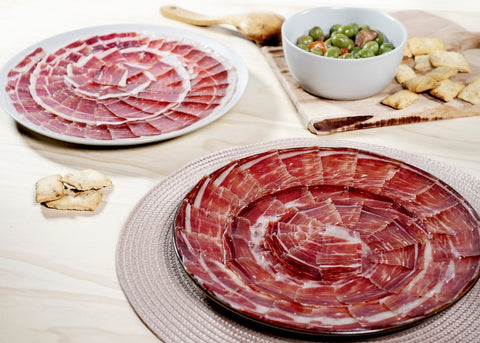

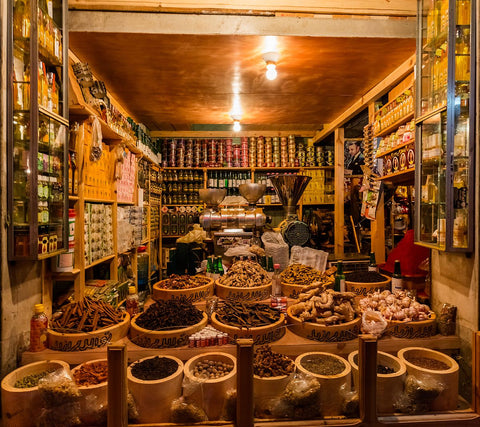
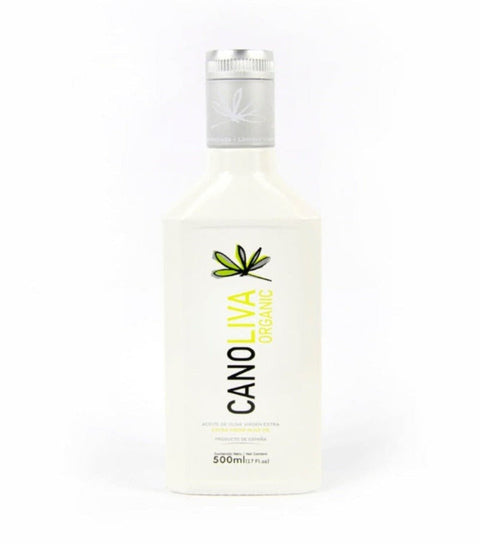
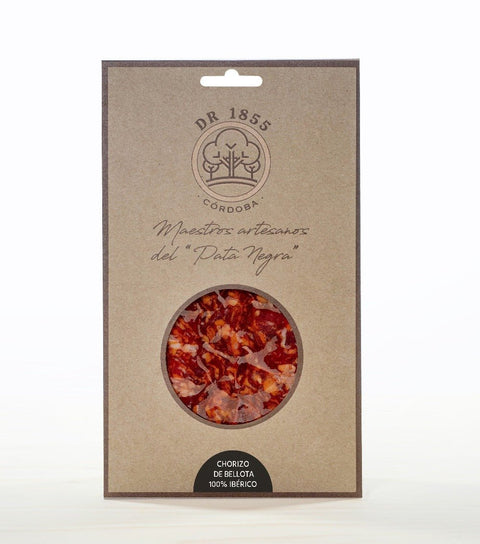
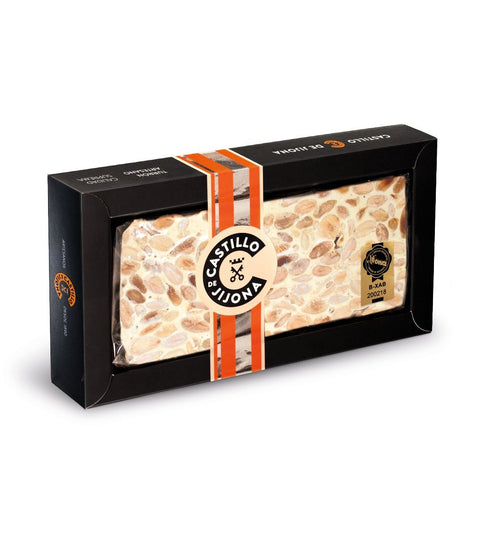
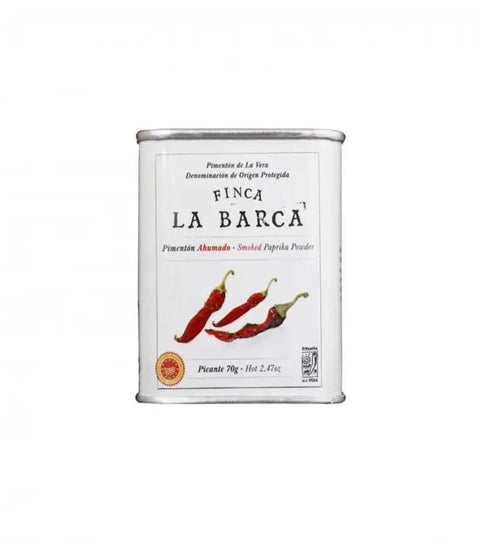
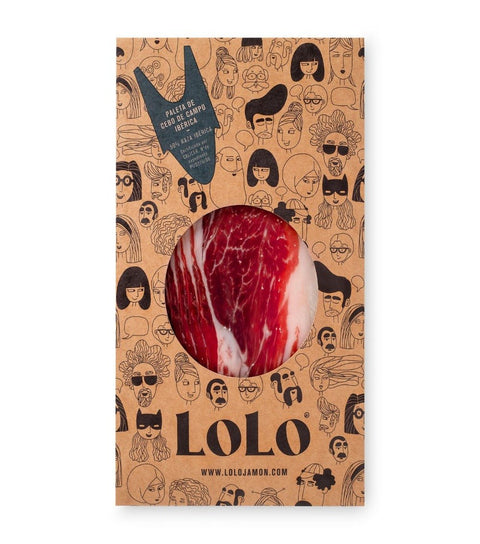
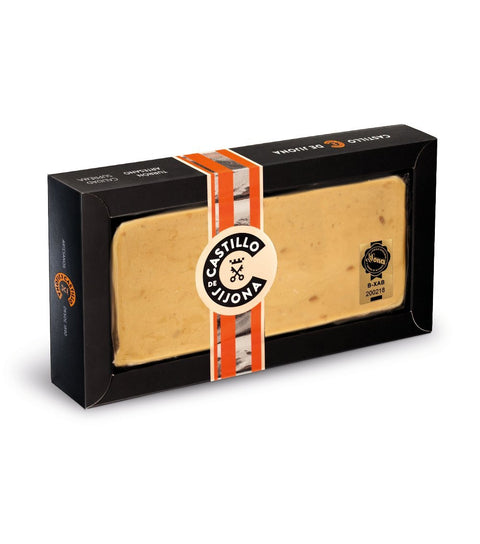
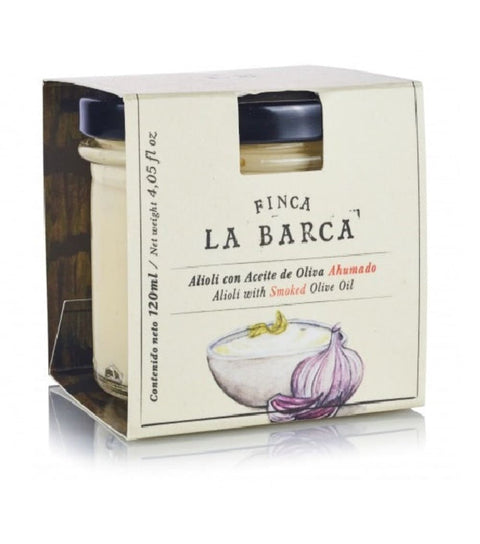
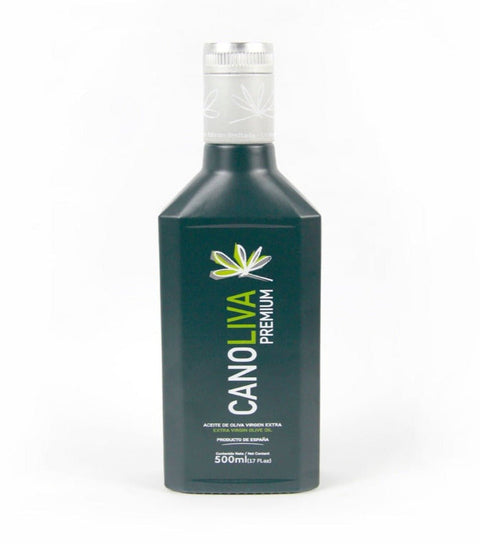
Comments (0)
There are no comments for this article. Be the first one to leave a message!